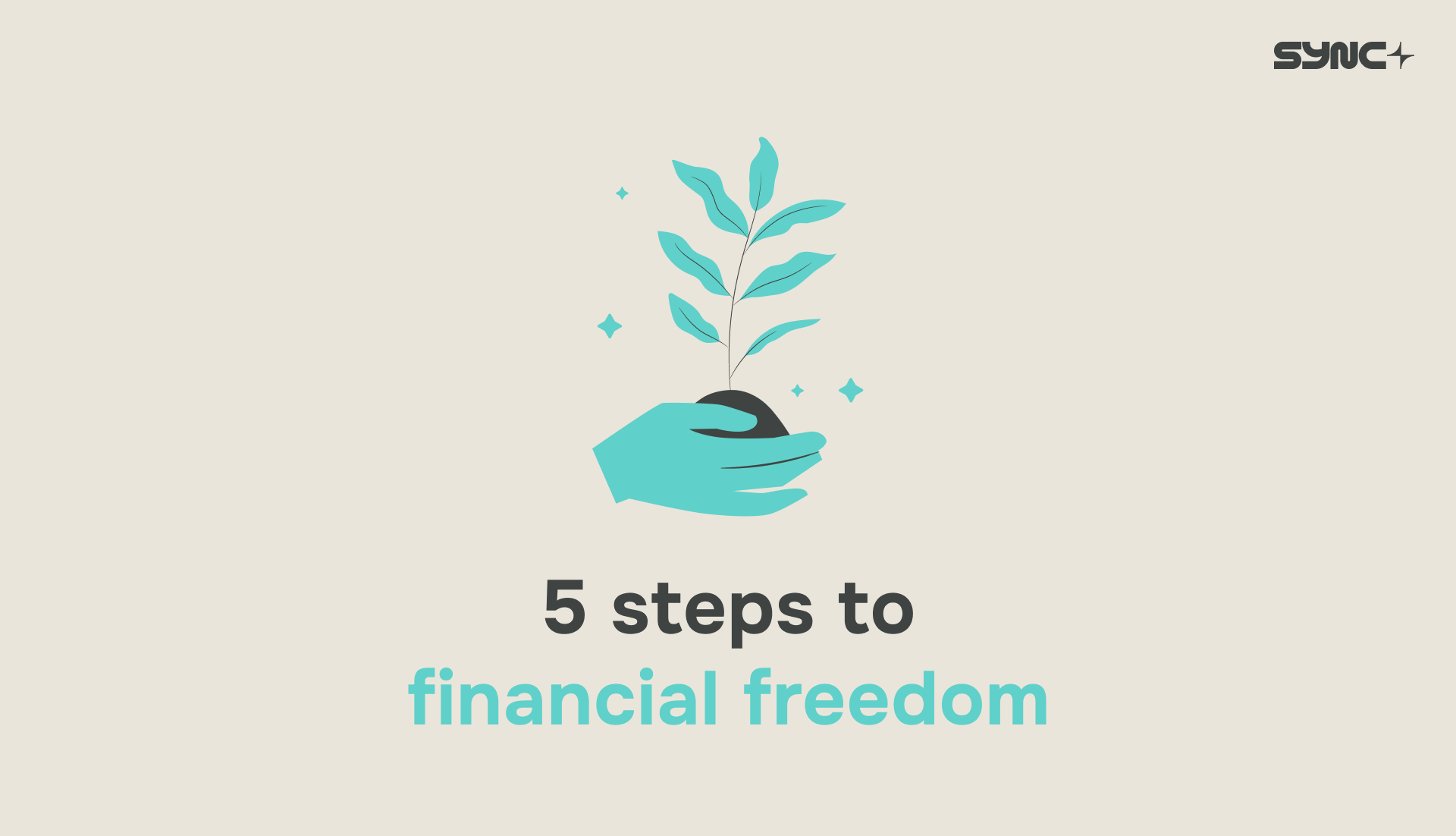What you can do with your savings: a five-step journey to financial freedom
We talk a lot about starting a savings habit, but what happens after that?
Once your savings begin to grow, even a little, you unlock new choices. A small savings pot can mean fewer sleepless nights, less stress when the unexpected hits, and more freedom to plan your next steps.
Whether you’re just getting started or looking to take things further, here’s a five-step plan to building real financial freedom - one payslip at a time.
1. Build a small cash buffer
Before you worry about long-term goals, start with the basics: a buffer.
A pot of £100 or £300 might not sound like much, but it can cover things like a broken phone, a missed shift, or emergency travel. It’s not a full emergency fund, but it’s enough to keep you from needing a credit card or payday loan when life throws something small but urgent your way.
With payroll savings, you can set aside money automatically - without needing to remember to transfer it or think about timing. That’s the whole point: set it once and let it build quietly in the background.
2. Tackle your debt with a plan
Once you've got a bit of breathing room, it’s time to look at any debt you’re carrying. Getting clear on your plan - whether that means prioritising small balances, focusing on high interest, or simplifying things with a consolidation loan - can make a big difference.
There’s no one right answer. What matters is finding a strategy that helps you stay consistent and make progress.
3. Grow your buffer
With debt under control, it’s time to increase your safety net.
Many experts recommend aiming for 2–3 months of essential expenses, think rent, utilities, transport and food. That number might feel intimidating, but the key is consistency. Even small, regular savings can get you there over time.
4. Prepare for the unexpected
Once your buffer is in place, it’s time to think about a proper rainy-day fund.
This is different from everyday spending or minor hiccups - it's about covering those big, disruptive costs like:
Car or boiler repairs
Vet or dental bills
Travel for family emergencies
The difference between a crisis and a bump in the road? Often, it's having something set aside. We’ve heard from savers who say their fund made all the difference when they needed it most. That’s the goal.
5. Start long-term saving
At this point, you’re no longer reacting, you’re planning.
This might mean saving for a home, holiday, training course, or starting a family. It might also be topping up a pension, or putting money aside for future you.
The good news? Once the habit is in place, this part comes naturally. Your savings keep growing in the background while you focus on living your life.
Start where you are
No matter what your income looks like, financial freedom doesn’t start with a massive lump sum. It starts with a decision and a system that makes it stick.
If you're ready to take the first step, we're here to help.
👉 Try the savings calculator and see how quickly small amounts can build.
Small steps today = big freedom tomorrow.
“Need more support or advice about managing your money? Our friends at Money First Aid offer free, independent financial guidance and tools.”

